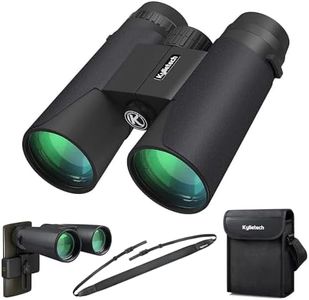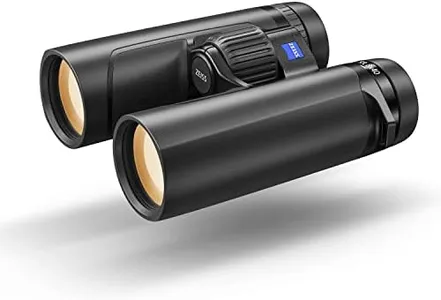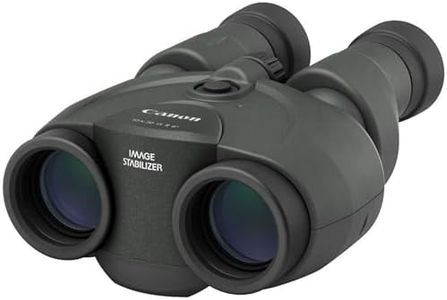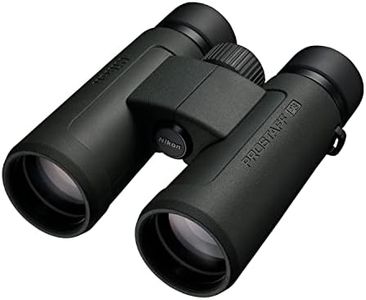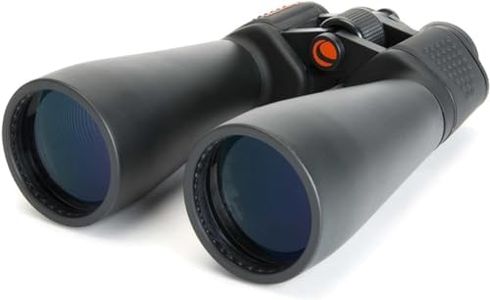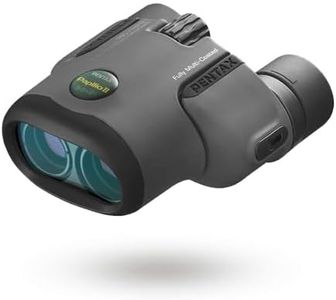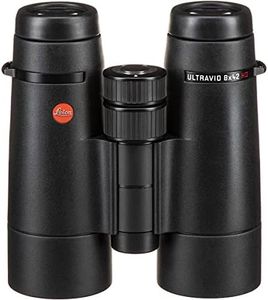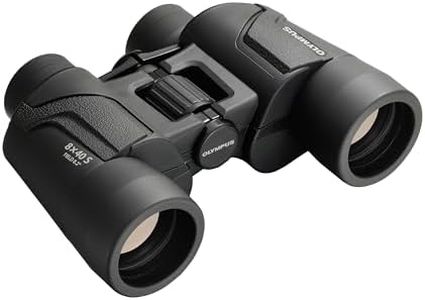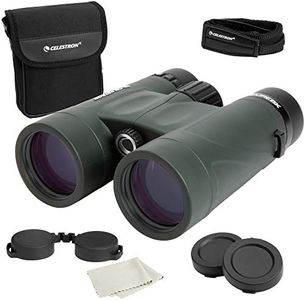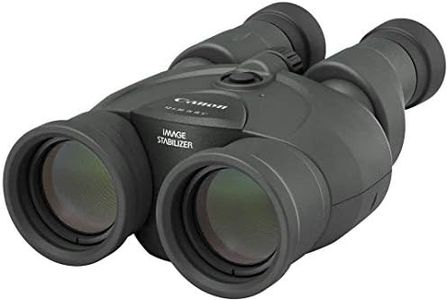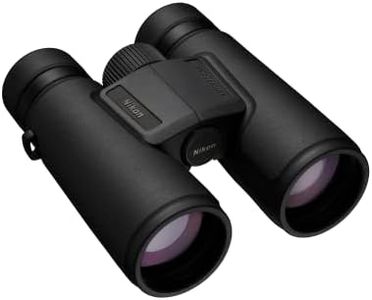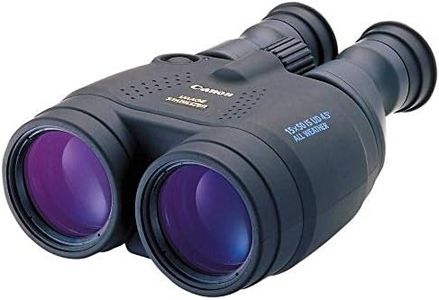10 Best Binoculars 2025 in the UK
Our technology thoroughly searches through the online shopping world, reviewing hundreds of sites. We then process and analyze this information, updating in real-time to bring you the latest top-rated products. This way, you always get the best and most current options available.

Our Top Picks
Zeiss Victory SFL 8x40 Premium Binoculars
The Zeiss Victory SFL 8x40 Premium Binoculars offer a robust and high-quality experience for users who need reliable optics. With 8x magnification and a 40mm objective lens diameter, these binoculars provide clear and detailed views, especially in low-light conditions, thanks to the 90% light transmission rating and ZEISS T* coating. This means they are great for early morning or twilight observation, making them ideal for hunting or nature watching.
The field of view is wide, allowing you to easily spot and follow moving subjects. Additionally, the Zeiss FieldFlattener Technology ensures sharp images right to the edges of the field of view, enhancing clarity and detail. The lightweight magnesium body makes these binoculars comfortable to carry and use for extended periods. Weighing just 640 grams, they won't be a burden on long hikes. They are also 19% lighter and 17% shorter than the previous Victory SF 42 model, which makes them more compact and portable.
Another major advantage is their waterproof and fogproof design, thanks to the LotuTec coating, which ensures a clear view in all weather conditions. This makes them durable and reliable for outdoor use, regardless of the environment. On the downside, the Zeiss Victory SFL 8x40 binoculars are positioned at a premium price point, which may not be suitable for all budgets. Despite this, the high quality and advanced features make these binoculars a solid choice for serious enthusiasts and professionals who demand the best in optical performance.
